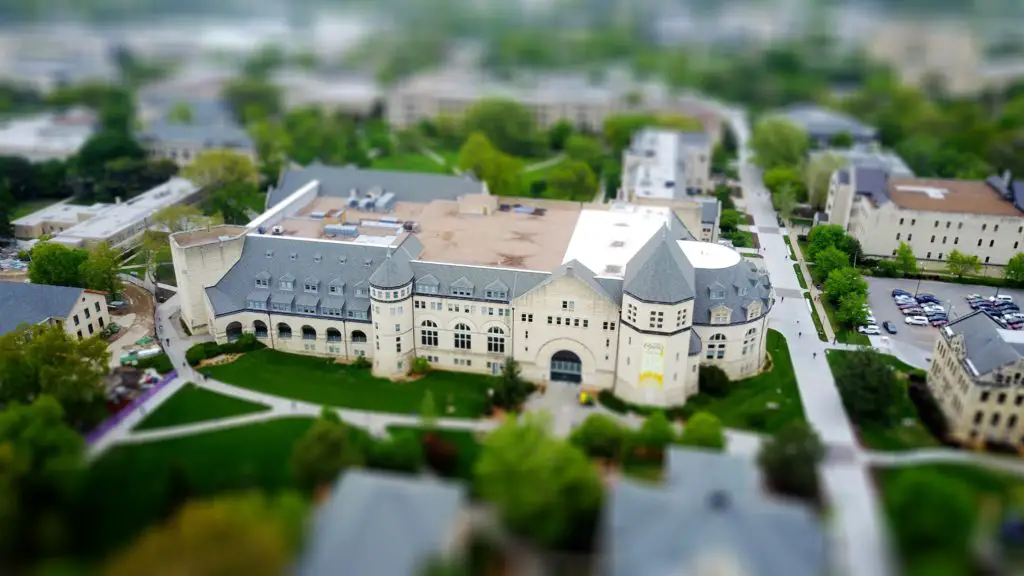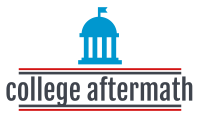Introduction
Ireland, a country located in the western part of Europe, is an island nation – the second largest island. With its capital being Dublin (the most populated city), Ireland has other major cities – Belfast, Cork, Derry, Limerick, Galway, Craigavon, Waterford, Drogheda, Dundalk; in descending order of population density. With a population of more than 5 million, Ireland has one of the strongest educational systems in the world, firmly rooted in literature, medicine, poetry, and music. Everyone wants to know how many colleges are in Ireland.

Colleges In Ireland
It is important to note that there is not much difference between the terms University, Colleges, and Institutions of technology in Ireland.
Therefore, there are 9 universities- Dublin City University, Maynooth University, Munster Technological University, National University of Ireland, Trinity College Dublin, Technological University Dublin, University College Cork, University College Dublin, University of Limerick.
Other Universities that receive public funding are Marino Institute of Education Dublin, St. Angela’s College Sligo, National College of Arts and Design Dublin, National College of Dublin, Pontifical University of Maynooth, Royal College of Surgeons in Ireland, American College Dublin, St. Patrick’s, Carlow College, Royal Irish Academy of Music Dublin, Dublin Institute for Advanced Studies, Royal Irish Academy Dublin.
Ireland also has Institutes of technology. Some of which are: the Athlone Institute of Technology, Dundalk Institute of Technology, and many others.
Altogether, there are about 28 colleges in Ireland.
Impact of Tuition Fee on Economy
The cost of education for home and international students is reasonably affordable compared to other European Universities. However, fees contribute significantly to the development of the economy.
Ireland continued to lag behind due to the tenacious protectionism that characterized governmental policy until 1960. Only in the 1990s did the rising skills of an educated workforce, combined with an open economy and EU membership, enable Ireland to catch up to its European neighbors in terms of living standards. This outcome should have been achieved decades ago if wise policies had been implemented.
However, the labor market situation today would be substantially different if decisions had not been made between 1970 and 1990 to extend the educational system and enhance participation at the second and third levels.
This emphasizes the necessity of strategic thinking in public policy, particularly in the area of education. Decisions made today about how to strengthen the educational system will have long-term consequences for the economy and society.
Several studies have found that the highest degree of education achieved has a direct correlation with employment rates and wages. According to studies from the 1990s, workers with a bachelor’s degree earned twice as much as individuals with only primary education. This private benefit from education investment had a broader economic consequence.
Individual productivity rises as a result of education, as does the economy as a whole. The higher one’s educational attainment, the more likely one is to join the labor force, which has been especially crucial for women.
Since education investment was delayed in Ireland, the growth bonus it provided came to a generation later, between 1990 and 2010. Between a third and half of Ireland’s economic growth between 1990 and 2010 is thought to have come from increased labor force educational attainment.
The cost of schooling in Ireland can be categorized into two; Degree of study, and the University of Study.
- Degree of Study:
For Undergraduate Study, the tuition fee is between €9,850- €22,250
For Post Graduate Study, €9,950- €35,000 per year
For MBA, €20,000 – €35,000
For Masters Degree, €4,000 – €9,000
For MBBS, €27,106 – €40,659
- University of Study
The Top-Rated Universities like Trinity College Dublin, University College Dublin, Royal College of Surgeons in Ireland, and the National University of Ireland charge a tuition fee between 6000 – 8000 EUR per year.
Other affordable universities like University College Cork, St. Patrick’s College, University of Limerick, and Cork Institute of Technology charge annual tuition of between 3500- 7000 EUR.
Ranking
The Irish universities in the high ranking are as follows:
- Trinity College Dublin
- University College Dublin
- National University of Ireland, Galway
- University College Cork
- Dublin City University
- University of Limerick
- Maynooth University
- The Technological University of Dublin.
Irish universities are not exactly ranked very high among other European universities but have a pretty good standing with them. The best university in Ireland ranks 101 in the global ranking, University College Dublin ranks 177, National University of Ireland, Galway ranks 238, University College Cork ranks 286, Dublin City University, 439, University of Limerick (511-520), Maynooth University (701-750), Technological University of Dublin (801-1000). It is important to note that none of the Irish universities fall below the 1000 mark in the world ranking of universities.
Notable Alumni of Irish Universities
- Oscar Wilde: Oscar Wilde is a notable poet and playwright who attended Trinity College Dublin between 1871 – 1874, where he studied classics. He is notable for his novel “The Picture of Dorian Gray”.
- Jawaharlal Nehru: Also studied at Trinity College Dublin, where he studied Natural Science. He is notable as the first Prime Minister of India and a Freedom Fighter.
- Jonathan Swift: Jonathan Swift was a popular writer, famous as a satirist and essayist. He studied Latin and Greek, adding Hebrew, and deepening his knowledge of Aristotelian philosophy.
- Francis Galton: Francis Galton was a polymath who took interest in a variety of topics. Ranging from biology, mathematics, psychology, and so on. Francis Galton studied medicine at Trinity College Dublin and is notable for pioneering studies on human intelligence.
- Katie McGrath: studied History at Trinity College. Katie McGrath is famous for her acting, particularly for her role as Morgana Pendragon in the popular TV series Merlin.
Other famous alumni of Irish universities are George Berkeley, a philosopher (Trinity College Dublin).
Conclusion
Persons with a good education are less likely to be unemployed for long period. In comparison to the sluggish reduction in unemployment in the early 1990s, unemployment has fallen very quickly in the aftermath of the recent economic crisis.
While the growth boost from the influx of younger, better-educated people, and the improved educational makeup of the workforce, may have peaked, it will continue to be a factor in the coming decade and beyond. It’ll likely boost productivity growth by half a percentage point per year until 2025.
Frequently Asked Questions
What is the biggest College in Ireland?
UCD has grown quickly, outpacing the other universities in the state in terms of size. For the first term of the Catholic University of Ireland in 1854, 20 students enrolled. More than 55% of UCD’s 458 students were studying medicine in 1909, the year after the college was renamed UCD. University College Dublin.
Is Monkstown posh?
With its exquisite interiors, the enormous southside mansion is suited for kings. This stunning Monkstown home is the stuff of fantasies, with its sumptuous features, lovely grounds, and proximity to the shore. It’s so opulent that it even has its wine cellar.
Is College free in Ireland?
For citizens of Ireland, EU/EEA nations, and Switzerland, undergraduate degrees are free. The Higher Education Authority will bear the expenses. Keep in mind that public colleges do not offer all undergraduate courses for free.
